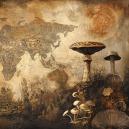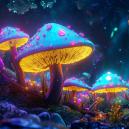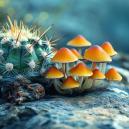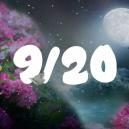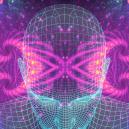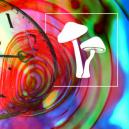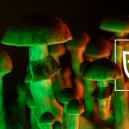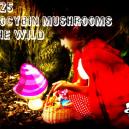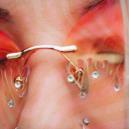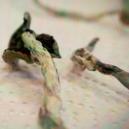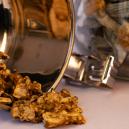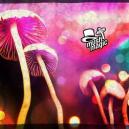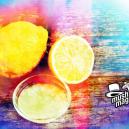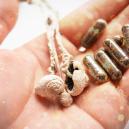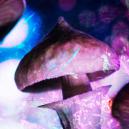Special: Albert Hofmann
Published : October 26th, 2018

Albert Hofmann—the father of LSD—was a Swiss chemist best known for his discoveries in the world of hallucinogens.
Albert Hofmann is particularly famous for his discovery of lysergic acid diethylamide (LSD), but he was also the first person to isolate the active compounds in psychedelic mushrooms, which he named psilocybin and psilocin. In total, he wrote numerous books and published over 100 articles about his LSD discoveries. He was even named one of the 100 greatest living geniuses in 2007, just for doing what he always felt was his calling. “I did not choose LSD”, Hofmann said. “LSD found and called me”.
THE LIFE OF ALBERT HOFMANN
Hofmann was the first-born child of a lower-income family from Baden, Switzerland. Despite his immediate family’s limited financial means, his godfather was willing to pay to put Hofmann through college. At only 20 years of age, Hofmann enrolled at the University of Zürich and began working towards his chemistry degree, which he completed 3 years later in 1929. His main focus was the chemistry of plants and animals, receiving his doctorate for research he completed about the common animal substance chitin.
He continued his pursuit and worked as a chemist for his entire life. “This [career] decision was not easy for me. I had already taken a Latin matricular exam, and therefore a career in the humanities stood out most prominently in the foreground”, said Hofmann at a World of Consciousness Conference in Germany. “Moreover, an artistic career was tempting. In the end, however, it was a problem of theoretical knowledge which induced me to study chemistry, which was a great surprise to all who knew me. Mystical experiences in childhood, in which nature altered in magical ways, had provoked questions concerning the essence of the external, material world, and chemistry was the scientific field which might afford insights into this”, he continued.
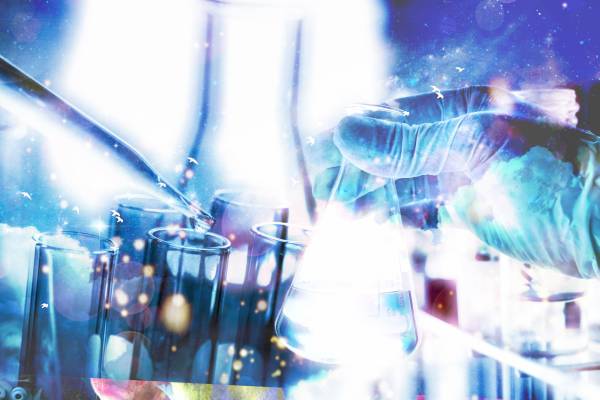
HOFMANN’S CONTRIBUTIONS
Hofmann began working at Sandoz Laboratories in the 1930s, where he began studying the chemistry of ergot, a fungus that grows barley, rye, and other plants. During his research, Hofmann was able to identify lysergic acid as the primary active compound. He synthesised his first batch of LSD in 1938 while studying lysergic acid derivatives.
He referred to it as LSD-25, and his intentions were to use at is a stimulant for slower respiratory and circulatory systems. However, after preliminary studies showed it to be ineffective, LSD-25 was shelved for many years. In 1943, Hofmann realised that LSD may have some unique properties, so he revisited his work and synthesised a new batch. While working on this new batch, he wrote a very peculiar letter to his supervisor. "I was forced to interrupt my work in the laboratory in the middle of the afternoon and proceed home, being affected by a remarkable restlessness, combined with slight dizziness”, Hofmann wrote. "At home, I lay down and sank into a not-unpleasant intoxicated-like condition, characterised by an extremely stimulated imagination. In a dreamlike state I perceived an uninterrupted stream of fantastic pictures, extraordinary shapes with intense, kaleidoscopic play of colours. After some two hours, this condition faded away".
Before it became illegal in most countries, LSD was regarded as the ideal treatment for schizophrenia. The United States CIA (Central Intelligence Agency) was also studying it as a possible mind control drug, and the British government hailed it as a “truth drug” that made users unwittingly honest while under the influence.
HOFMANN’S IMPACT
For the rest of his life, Hofmann continued to take small doses of LSD regularly. He called it a “sacred drug” and “medicine for the soul”. He believed it could be used as a meditative tool to experience a much deeper level of consciousness. During an interview before his hundredth birthday, he expressed his frustration over the fact that it was prohibited worldwide. "It was used very successfully for ten years in psychoanalysis", he commented. “It was misused by the counterculture of the 1960s, and then criticised unfairly by the political establishment of the day”. He emphasised that it should only be used in smaller doses because of its powerful psychedelic effects.
In December 2007, the Swiss government authorised psychotherapist Peter Gasser to conduct experiments using LSD on his therapy patients who also were suffering from terminal cancer or another late-stage disease. His findings mirrored Hofmann’s, and was the first study done on humans in the last 35 years. The Multidisciplinary Association of Psychedelic Studies (MAPS) continued Hofmann’s, and then Gasser’s, studies on LSD.
Albert Hofmann died of a heart attack in 2008 at his home in Switzerland. He was 102 years old. He was surrounded by his children (he had 4) and several grandchildren and great-grandchildren.


